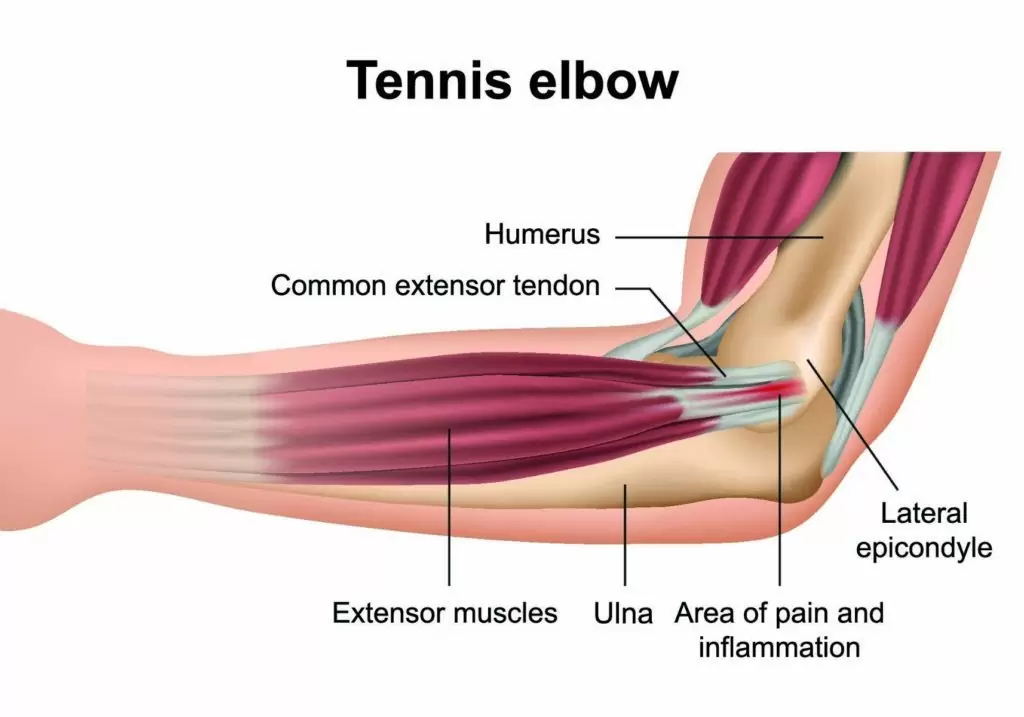Treatment Options For Tennis Elbow

Treatment options for tennis elbow vary from person to person, and the symptoms are often self-limiting. However, if you're experiencing swelling, tenderness, or pain in the elbow, see a GP. They can check for signs of nerve damage and order an MRI or ultrasound scan. Although treatment isn't necessary to cure tennis elbow, it may help ease symptoms and speed recovery.
Treatment options for tennis elbow
There are various treatment options for tennis elbow, and it is essential to find one that suits you. The first step in the treatment of tennis elbow is rest. Applying ice or cold compress to the area can help ease the pain. This can help to minimize swelling and reduce inflammation. Rest also helps reduce the pain that you experience from tennis elbow.
Physical therapy may also be necessary for people with this condition. Physical therapists may use muscle-stimulating exercises to strengthen the muscles in the forearm and reduce the pain associated with the condition. A brace may also be used to support the arm and reduce symptoms.
Common causes
There are several causes of tennis elbow, and it is vital to get a diagnosis from a medical professional before beginning treatment. X-rays and MRIs are the most common tests used to diagnose tennis elbow. These tests can help rule out other factors contributing to the condition, such as bone fractures and arthritis.
Most cases of tennis elbow are caused by microscopic tearing of the tendon. The damage is not sudden and occurs over time. This process is known as degeneration and results from repeated stress on the tissue. The tendon breaks down slowly and eventually deteriorates.
Symptoms
Tennis elbow is a common condition characterized by pain in the forearm. It is caused by damage to the tendon that connects the muscles to the bones in the forearm. Repetitive motions that stress the tendons can lead to small tears that cause pain and irritation. The pain is typically felt when the forearm is used for activities such as gripping and lifting. Without treatment, symptoms can continue for a long time.
Treatment for tennis elbow includes rest and modification of activities. Patients should refrain from participating in strenuous activity for a few weeks, and physical therapy should be started as soon as possible. Doctors sometimes prescribe NSAIDs or platelet-rich plasma injections to reduce pain and swelling. In rare cases, surgery may be necessary. Doctors may recommend a surgical procedure to reattach the tendon if over-the-counter treatments are ineffective.
Treatment options
Treatment options for tennis elbow include nonsteroidal anti-inflammatory drugs (NSAIDs). These medications help to relieve the pain and inflammation associated with the condition. They are used topically and are most helpful when the pain is just beginning. However, they may cause side effects, including gastrointestinal problems. Furthermore, they do not speed up the healing process.
Surgery may be needed to address the underlying cause of the condition. Some physicians perform TENEX procedures using ultrasound guidance to deliver a high-frequency sound wave through the elbow. This process liquefies damaged tissue and removes it. During recovery, patients should avoid activities that aggravate the condition and build up activity slowly over a few weeks. Arthroscopic surgery is another option for treating tennis elbow. Arthroscopic surgery requires fewer incisions than traditional surgery.
Complications
Tennis elbow, also known as Lateral Epicondylitis, is a common condition that affects the elbow, wrist, and tendons. This overuse injury can lead to chronic pain. The pain usually affects the lateral aspect of the elbow and worsens with activity. However, patients can recover from this injury with proper rest and treatment.
If non-surgical treatments do not work, doctors may recommend surgery. This treatment involves removing the diseased muscle and reattaching the healthy muscle. However, the patient should wait at least six months before surgery.



